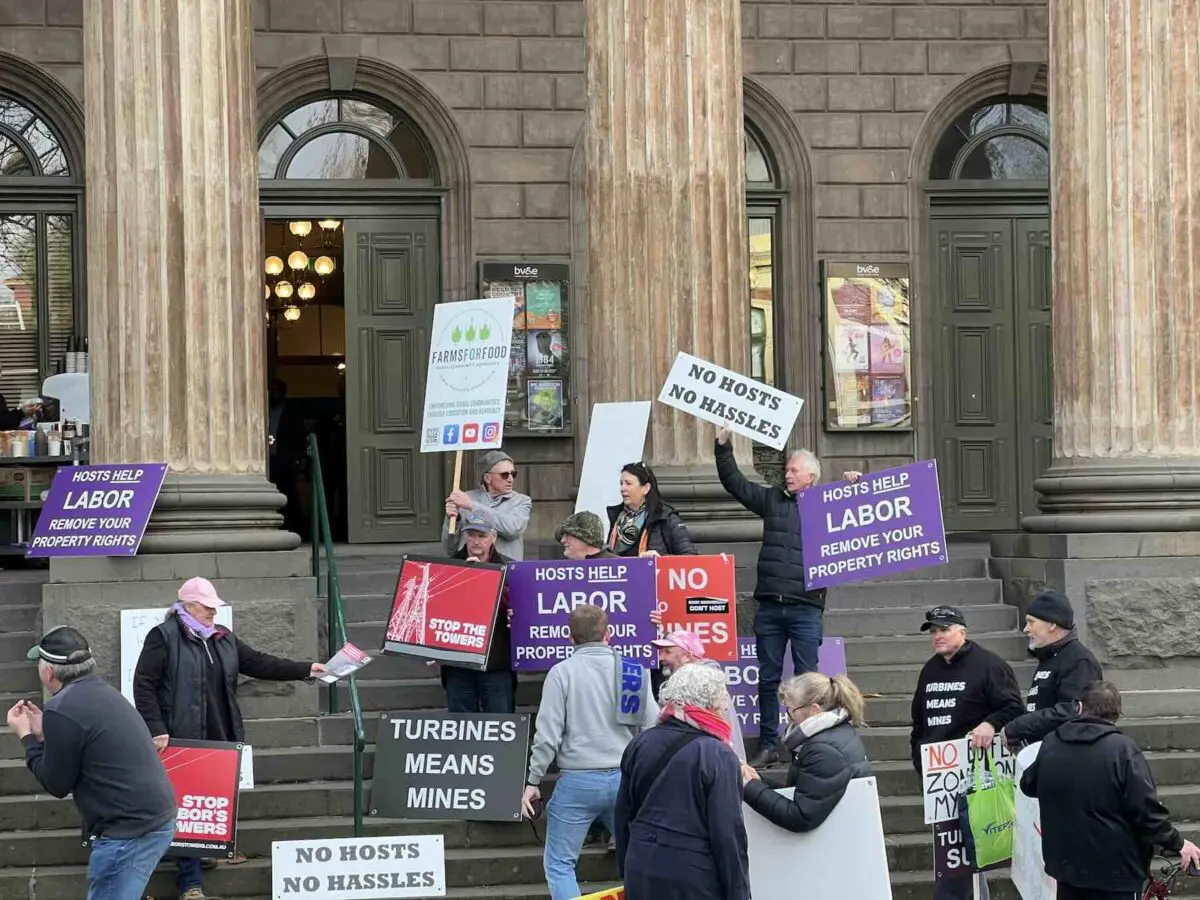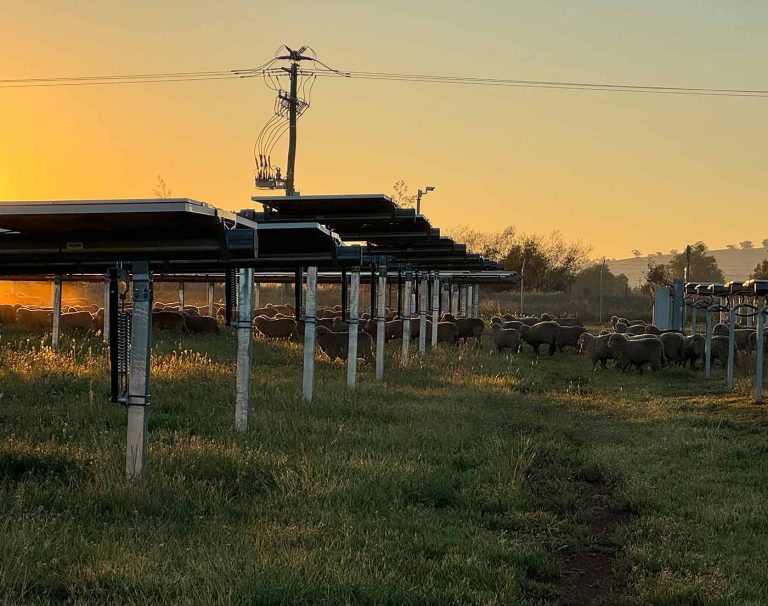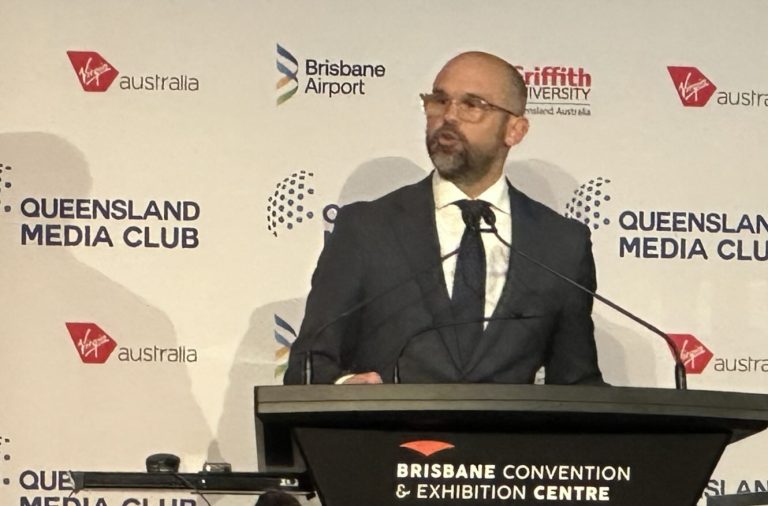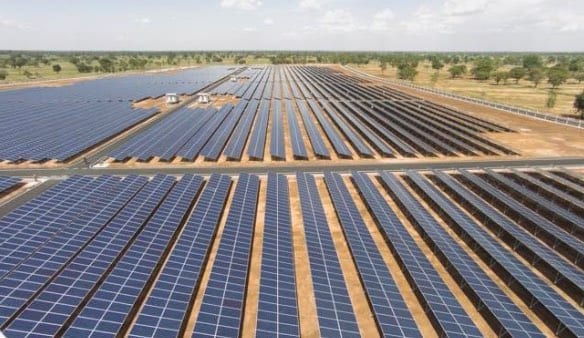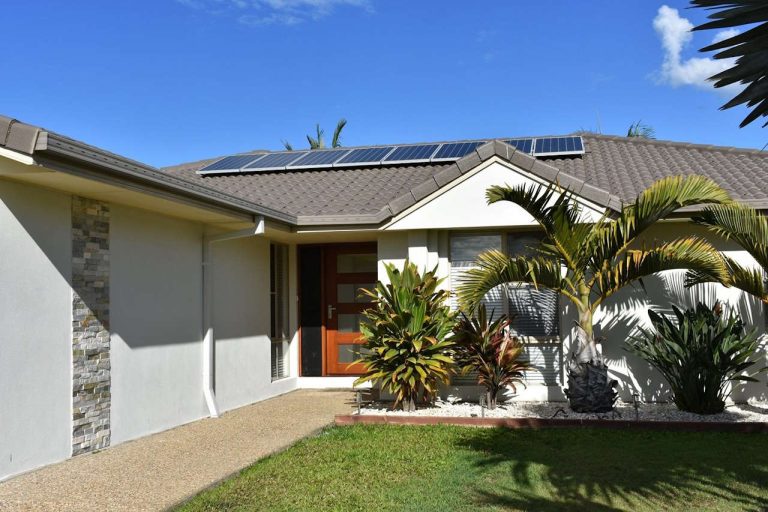Protests Challenge Renewable Energy Transition at National Agriculture Conference
The National Renewables in Agriculture Conference, held on Wednesday in Bendigo, Victoria, served as a crucial indicator of the hurdles facing Australia’s shift to clean energy. This year’s event saw a record turnout of over 400 attendees, including farmers, advisors, and energy sector representatives.
However, the atmosphere was not without tension, as approximately 30 protestors gathered outside the historic Capital theatre, wielding signs with messages like “no solar factories,” “say no to turbines,” and “stop Labor’s towers.” In stark contrast to last year’s peaceful gathering in Toowoomba, Queensland, the protests in Victoria underscored the local discontent surrounding renewable energy initiatives.
Voices from the Conference
Inside the venue, participants exchanged experiences of both triumphs and setbacks, striving to determine how the transition to renewable energy could benefit farmers and regional communities alike. The prevailing sentiment was that significant challenges remain.
Tony Wood from the Grattan Institute addressed the audience, stating, “It’s become increasingly clear that the issues we’re grappling with are not about whether we should transition to renewables, but rather how effectively we can achieve it. The real question is how we can make progress while ensuring the entire community is included in this journey.” He acknowledged that the current approach has not been particularly successful, as many attendees could attest.
Community Friction and Planning Challenges
In Victoria, the long-standing Labor government is pursuing ambitious renewable energy goals, but this has led to noticeable friction within some regional communities. Energy transition planners have faced criticism for creating renewable development zones that are either too large and costly or too small and inadequate for the scale of the task ahead.
Alistair Parker, CEO of VicGrid, explained, “We’ve been striving to balance competing interests, ensuring a sensible approach. We hear strong calls to protect high-value farmland and biodiversity, while also facing industry concerns that the renewable energy zones we’ve established lack the necessary capacity for future demands.”
Brett Hosking, a farmer and president of the Victorian Farmers Federation, expressed a more pessimistic view: “One of the biggest misconceptions is that we’re managing this transition effectively. Many good people are voicing their frustrations about the impact on their communities and livelihoods. The reality is, we need to improve our efforts significantly to achieve the deep emissions cuts required this decade.”
Success Stories Amidst the Challenges
Despite the challenges, the National Renewables in Agriculture Conference showcased numerous examples of individuals and initiatives working to address these issues. Billy Greenham, who grew up on a beef farm, is now running a business called Cogency, which assists farmers in navigating solar and wind proposals for their properties.
Simon Tickner, a farmer from the Wimmera region, shared his experience of hosting both transmission towers and wind turbines on his farm, part of the Murra Warra wind farm. He emphasised the potential for farming and energy infrastructure to coexist harmoniously. “In a region facing shrinking populations and struggling small towns, this transformational opportunity can rejuvenate our local economy while remaining compatible with our agricultural practices,” Tickner remarked.
He challenged those opposing renewable energy developments to consider the long-term implications of their decisions on future generations. “You may feel justified in your stance now, but think about how your children and grandchildren will view your choices if we miss out on these opportunities,” he urged.
Greenham echoed Tickner’s sentiments, highlighting the economic prospects that renewable energy could bring to rural areas. “This is the moment we’ve been advocating for throughout my life, and it’s crucial for the future of our communities,” he stated.
